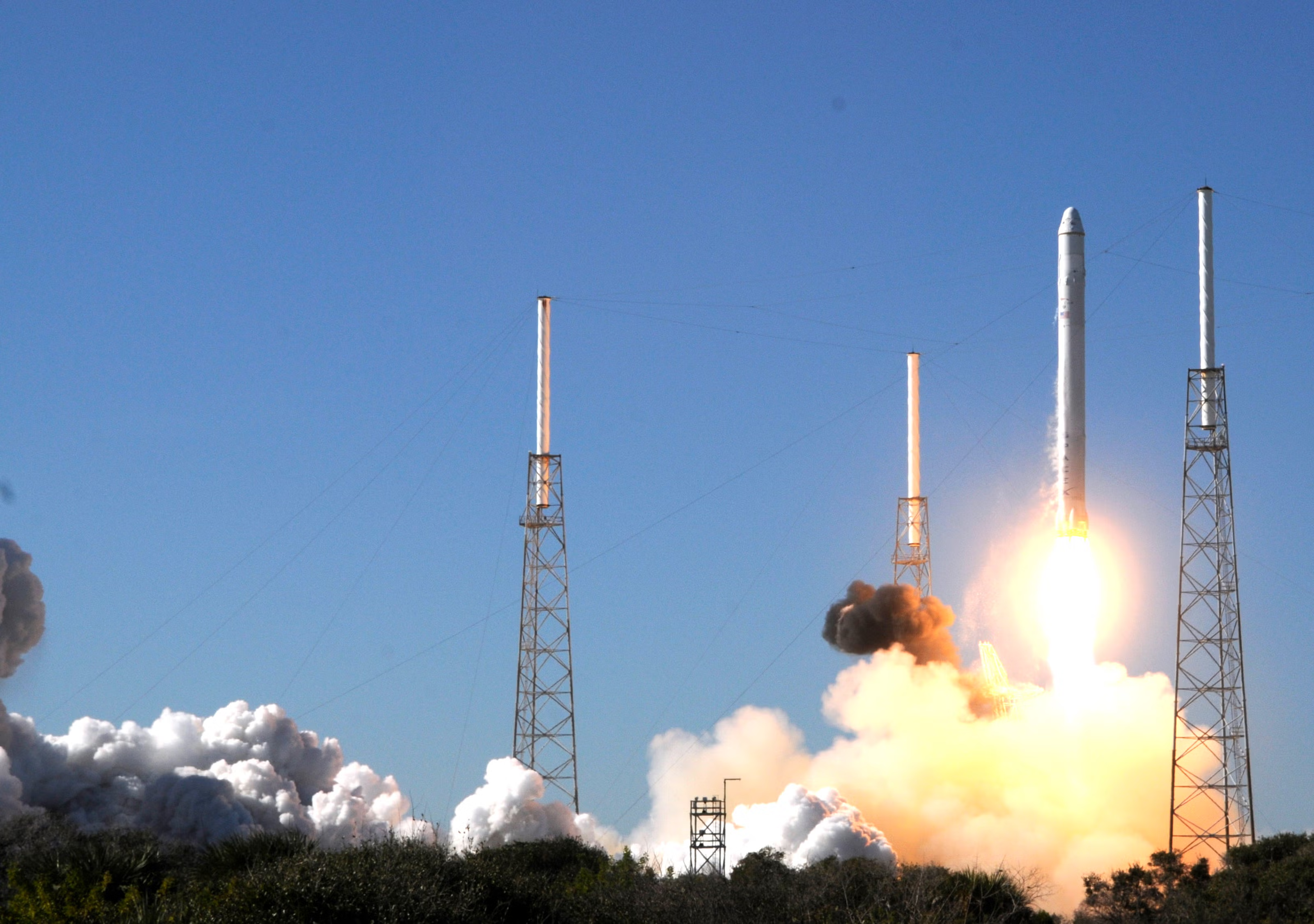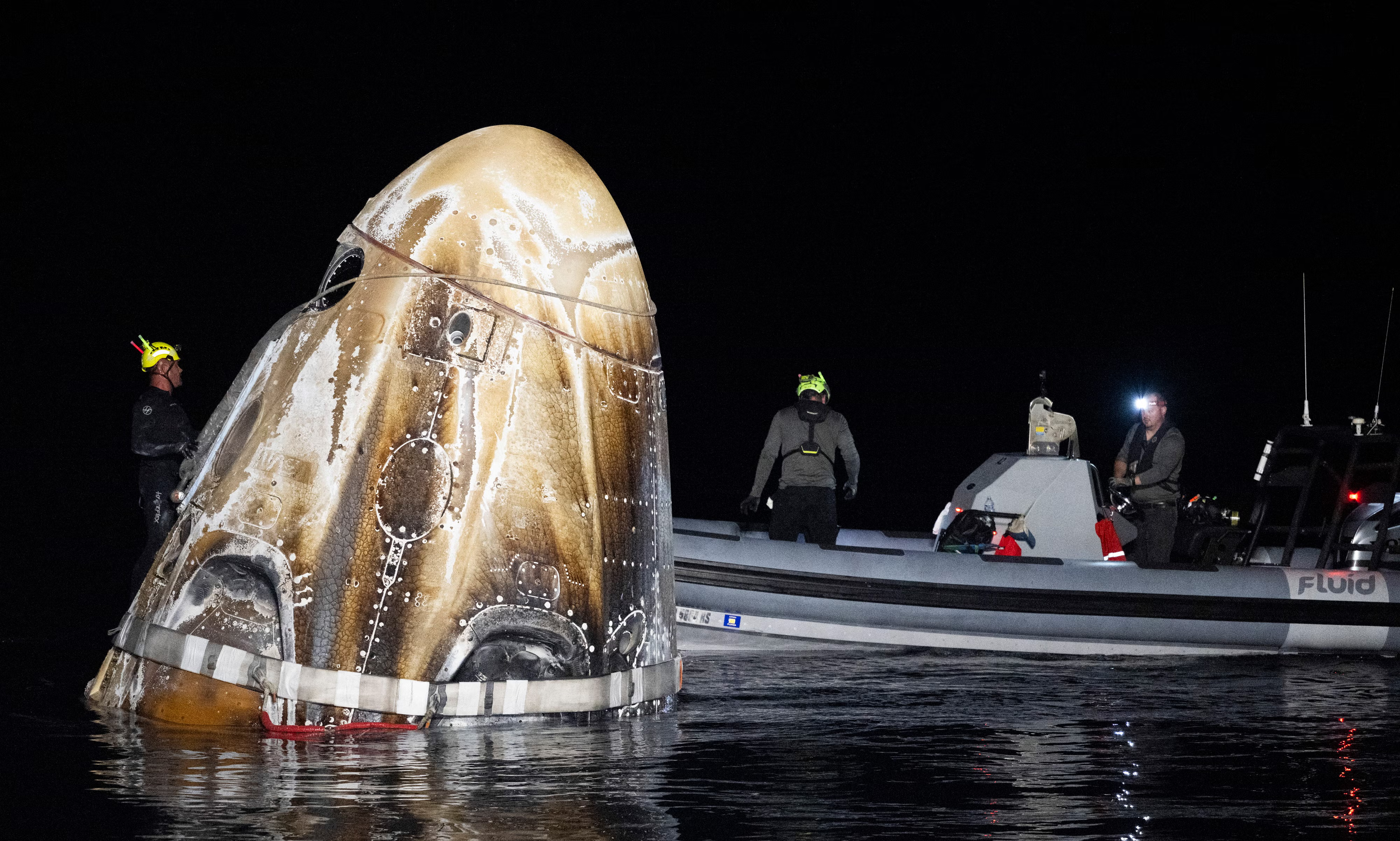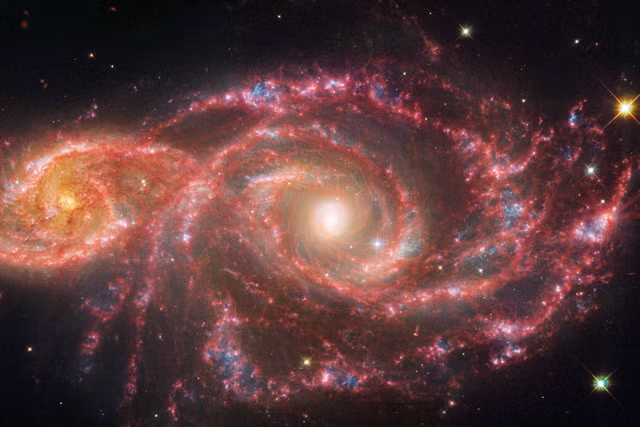Your support helps us to tell the story
Support NowFrom reproductive rights to climate change to Big Tech, The Independent is on the ground when the story is developing. Whether it's investigating the financials of Elon Musk's pro-Trump PAC or producing our latest documentary, 'The A Word', which shines a light on the American women fighting for reproductive rights, we know how important it is to parse out the facts from the messaging.
At such a critical moment in US history, we need reporters on the ground. Your donation allows us to keep sending journalists to speak to both sides of the story.
The Independent is trusted by Americans across the entire political spectrum. And unlike many other quality news outlets, we choose not to lock Americans out of our reporting and analysis with paywalls. We believe quality journalism should be available to everyone, paid for by those who can afford it.
Your support makes all the difference.Early workers at Elon Musk’s aeronautics company SpaceX reportedly once got stuck overnight on an ocean barge with a toxic spacecraft.
In 2010, eight years after its founding, engineers became stranded on a barge and had to sleep near a spaceship full of gas that could potentially explode, according to Ars Technica senior space editor Eric Berger. Berger, a Pulitzer Prize nominee, interviewed approximately 100 new and former SpaceX employees for his new book Reentry: SpaceX, Elon Musk, and the Reusable Rockets that Launched a Second Space Age.
SpaceX did not immediately respond to The Independent’s request for comment.
After the reusable Dragon spacecraft’s first flight, a SpaceX crew retrieved the spaceship from the ocean in December of that year.
According to Berger, workers immediately checked for fuel leaks. Leaks could mean the risk of explosion, because the fuel inside the Dragon’s Draco engine is made of hypergolic propellant. Hypergolic fuels, like hydrazine, are toxic liquids that react spontaneously and violently when they contact each other. They are used in many different rocket and aircraft systems. They don’t require an external source of ignition, like fire or heat.
An engineer used a 20-foot pole with a tool to detect propellant gases in the air, and no leaks were detected. Using a crane, Dragon was then hauled from the ocean off the coast of Florida and onto a barge.

Two engineers and three technicians wore protective equipment and used independent air supplies as they boarded the barge and began to empty the spaceship’s fuel tanks. Nothing happened, so five workers returned to their nearby crew boat to get some sleep.
But, on the next day and after eight hours draining fuel and storing it in containers, the ocean became rough. It became too dangerous for the workers to return to their boat. They were reportedly stuck overnight with no beds and a toxic Dragon spacecraft.
They had to sleep in a 20-foot-long shipping container next to the Dragon, the book says. Fortunately, crew members on their boat were able to throw them their sleeping bags.

“We got the best night’s sleep we could,” an engineer told Berger. “We were exhausted, so I can’t say that I slept terribly that night.”
They finished emptying the toxic propellant the next day, and the company was given the OK to bring Dragon back on land after depressurizing its propellant system.
Nearly a year later, SpaceX acknowledged there had been a rocket engine anomaly during its launch.
Nearly 15 years later, retrieving the Dragon only takes a few hours. It hasn’t caused explosions. It’s also become a major part of NASA’s space race, ferrying astronauts to and from the International Space Station. Recently, it was used to bring back four Crew-8 astronauts.
Disclaimer: The copyright of this article belongs to the original author. Reposting this article is solely for the purpose of information dissemination and does not constitute any investment advice. If there is any infringement, please contact us immediately. We will make corrections or deletions as necessary. Thank you.



